Essential Toolkit of an Agile Transformation Leader
Need for Business Agility
Agility is no more sought after in the software development only. Though the need for more flexibility and adaptability in this area is without a doubt the reason for the current broad agile movement. In 2001 was formed Manifesto for Agile Software Development. Manifesto statements were a response to impact on software development teams caused by rigid processes that were often to be found at large corporations when leading agile transformation. According to the Manifesto, we should respond to change over following the plan. Or seek customer collaboration over contract negotiation as an agile transformation leader. But while the Manifesto was specifically on software development, today’s imperative of agility is frequently in the overall business context, strategy, company culture or even financial processes.
Table of Contents
The reason for the current broad concept of organizational agility is that software development creation is merely the purpose on its own. Product development teams need not only their own skillset and mindset equipped for the agile way of working. But they can’t deliver customer value without transformation of the rest of the organization.
Successful agile transformation taps into leadership, the essence of how people cooperate and how they decide. We need a whole-company approach in the quest for agility, mere focus on software development is not enough. But even if we understand this much better now, it does not make the agile transformations easier.
Challenges of Agile Transformation
Large organization transformation that requires changes on several fronts is indeed hard to manage. Mostly because the company under the transformation does not stay still until all the changes really happen. The difficulty comes from trying to keep 3 to 5 years consistent change effort while the company external environment constantly creates new challenges and calls for adjustments. It is worth noticing that the world around us is not slowing down, rather on the contrary. In other words, the later you start your business agility journey, the higher push for fast results might come, while other business related issues might cumulate as well.
In a disruptive business environment, agile transformation is typically just one of several strategically important initiatives that are executed simultaneously. Consequently, agile transformation leadership team deals with overloaded businesses teams that are supposed to undergo significant changes and at the same time to navigate in the maze of top priorities and pressing issues of the business as usual.
The key demand on the transformation leadership is handling the risk of losing change momentum while facing the challenge described above. What is the best way to achieve success? Change methodology or agile scaling framework plays an important part in the process, but let’s look closer at the capabilities that we look for in people involved in leading the transformation. Because change is hard for everyone and we naturally tend to care of the ones who are going through the change, but how about the change leaders? Who looks after them while some of the hardest part of agile transformation lies on their shoulders? They need to stay resilient and be ready to pivot any time.
Transformation Leadership Toolkit
Dealing With Complexity by Becoming a System Thinker
Leading agile transformation can be overwhelming. To achieve ultimate outcomes, such as culture and mindset shift, customer centricity reflected in product design or faster and better business decisions, there is endless list of things that need to work differently.
Let’s take for example budgeting process and one of the key premise of agile teams – product ownership. If budgeting process and product ownership do not fit together, it creates a friction. For instance when Product Owner can’t make the decisions. Because they need senior approval any time they want to execute an idea that requires extra resources. As a consequence, product ownership and team autonomy can’t be possible because the decision making process remains central to some people. In order to support team autonomy, we need to change several processes, reassign responsibilities, train people and change reporting systems.
In such situation, becoming a system thinker is a great help. System Thinking is a discipline that helps to tackle highly complex situations. It teaches us to quickly navigate in a complex situation, to better estimate impact of decisions and identify leverage points that needs a change to shift the overall system behavior.
System Thinking
System Thinking is based on understanding the building elements of a system and the way they interact together. Every organization is a system or elements connected in feedback loops. Changing one element, one process or a single rule creates impact to other parts of the organization. The impact might be delayed and sometimes even unintended, which makes it hard to predict exact impact of your actions. Yet understanding the consequences of a change is clearly essential to the overall success of the transformation.
Basics of System Thinking can be taught on a course, but it requires a practice to master it. Start in small steps by visualizing the system you are part of. Learn to distinguish between causality and correlation. Make a habit of recognizing system archetypes around you. Thinking in feedback loops will eventually become natural for you and you will benefit from the newly acquired skill by better decision making and having confidence in dealing with high levels of complexity.
Create a Movement and Distributed Change Ownership
There is a reason why companies rush to drive agile transformation of their business and IT units these days. Adoption of technologies and digitalization at scale changed customer behavior, allowed us to implement new business models and enabled new players to enter the market. Faster market dynamics makes it harder to predict and design long-term strategies. Adaptability is more important than a sticking to a detailed business case, which is about assumptions that can be unexpectedly fade away.
What it means for leading the agile transformation? The traditional change management approach does not fit anymore. We can’t make plans, roadmaps, set priorities and go step by step, because predefined plan hinders flexibility. In other words we can’t manage agile transformation as a project. By centralized decision making on where the change needs to happen first or second we create yet another bottleneck that might block the path to company adaptability.
I strongly believe that a true agile transformation can’t be managed, it can only be facilitated and decentralized. That requires different skills that we traditionally expect from a person assigned to deliver a large change. Transformation means that there are new capabilities to benefit in a company. And that the company itself determines where is the change is critical and acts upon such findings. To get into such state, you need to create an agile transformation movement rather than an agile transformation project. Successful movement can be possible by full transparency, consistent effort to create awareness, full access to tools, methods and know-how across the organization. While clearly communicating the overall vision of the transformation. Transformation leader’s toolkit hence need to be based on co-creation, sharing of the vision, respect for pace of the teams and empathy.
Surround Yourself With a Trustworthy and Strong Team
Importance of a transformation team itself can’t be stressed enough. Building a strong team that is self-organized, empowered and willing to take their own initiative to support the agile transformation is necessary. To get that, choose mindset and attitude over a list training certificates and impressive job titles.
One of the building stones of an agile transformation is trust between the team to adopt agile way of working. And the team guiding the change – agile coaches and scrum masters. Agile way of work helps teams to better organize themselves, manage and prioritize their backlogs. But is not a silver bullet that will magically let disappear all the issues. Team transformation in its early stages is often a problem solving exercise. And also a process and stakeholder mapping and re-establishing of work relationships. Mostly because product backlog created without cooperation with customers and stakeholders and based on understanding of the product strategy has only a little value.
Teams adopting agile way of work typically need to learn many new skills and change the way how they approach their daily situations. Role of their guide is essential, while these guides, coaches and scrum masters, are backbone of the transformation team. Be sure that they share the transformation vision, have enough space to make their own decisions, and are part of a team of colleagues that they can ask for help any time. Transformation team culture is a display of your transformation leadership.
Summary: Agile Transformation Leader
Leading a transformational change might be truly fulfilling and rewarding, while it may also completely exhausting on other days. Transformation progress is nothing close to a linear path. But it is more a bumpy road with ups and downs, pivoting and rethinking how to avoid the sudden roadblocks. I see higher risk in running into a burnout. Then in choosing a wrong agile method, scaling framework or setting a wrong workflow in Jira.
Resilience of you as an agile transformation leader is the key to success and as such requires enough attention. Become a system thinker to trust your decisions by navigating in complex situations. And distribute the change ownership to enable your organization to take an active part in the change instead of pushing the change through, and build a strong team that has your back and builds up on the transformation vision.
Success comes through our work. We just need to realize that we do not only need to work on the outcomes. But we need to put enough effort also in working on ourselves.
As a leader of organizational transformations and strategic changes, my focus is on enhancing business agility by building culture of efficient teams, contributing to digital transformation and aligning business and IT strategies. My main expertise lies in setting strategic transformation vision, driving complex changes leading to creation of customer value and coaching of agile teams for business success. I am content contributor to educational platforms, speaker and the guest lecturer for MBA programs for topic System Thinking and Innovation.


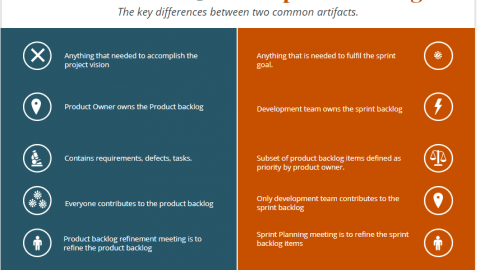
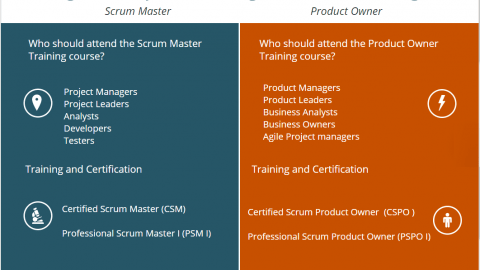
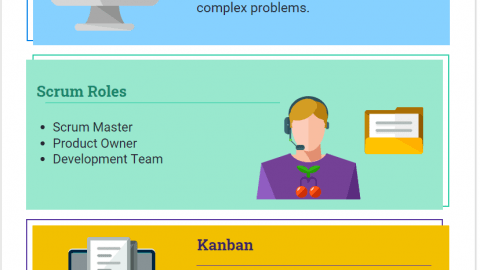

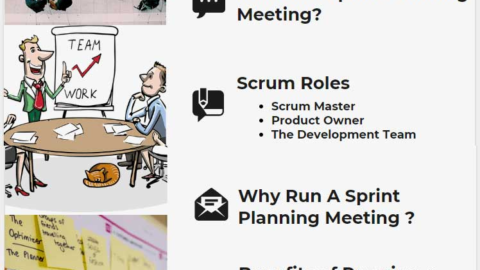
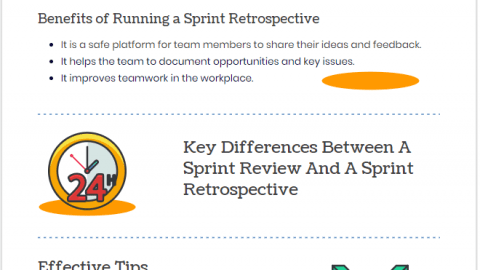



Learn everything about do my online class . Classdoer is the best platform for that expectations. Whether you call it distant learning, online learning, or cold learning, school aspects unlike during the COVID-19 pandemic.